Determination of Brominated Flame Retardants by Gas Chromatography
Introduction
The Restriction of Hazardous Substances Directive (RoHS) regulate hazardous substances found in electrical and electronic equipment. Polybrominated biphenyls (PBBS) and polybrominated diphenyl ethers (PBDEs) are flame retardants which are commonly regulated under RoHS. Said flame retardants are easily released into the environment during their production and during disposal of products containing these contaminants. Therefore, it is vital that controlled conditions are maintained to ensure contamination is kept to a minimum with released contaminants regulated.
This application note details the determination of PBBS and PBDEs using a SCION 8500 gas chromatograph coupled with the SCION 8700 Single Quad Mass Spectrometer. The instrument could be visualized in the Figure below (Figure 1).
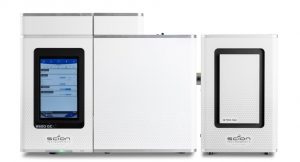
Figure 1. SCION Instruments 8500 GC coupled with the 8700 MS(SQ)
Experimental
Table 1 details the analytical conditions of the GC-MS instrumentation used throughout this application.
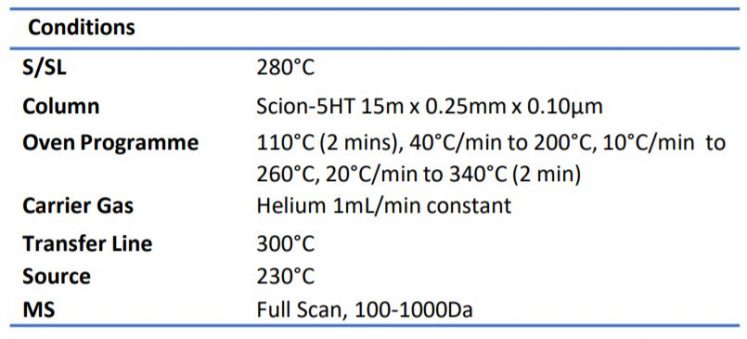
1mL of each PBBs and PBDE standard mixtures were prepared in 5mL volumetric flasks. Toluene was used to adjust the standard stock solution to 20μg/mL. Table 2 details the preparation method for the working solution from the standard stock solution mentioned above, with toluene as the solvent.
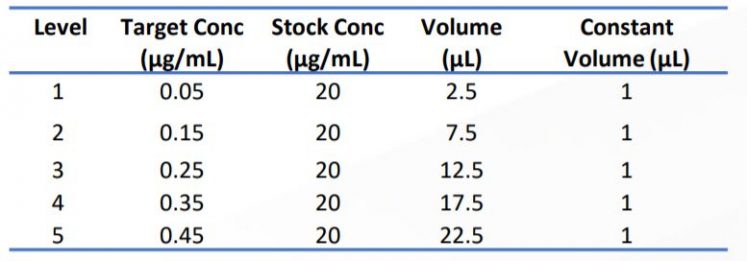
Table 2. Working standard preparation method
Results
The total ion chromatogram (TIC) for a 20μg/mL stock standard of brominated flame retardants (PBBS and PBDE) are shown in Figures 2a and 2b, respectively with peak identification found in Table 3.
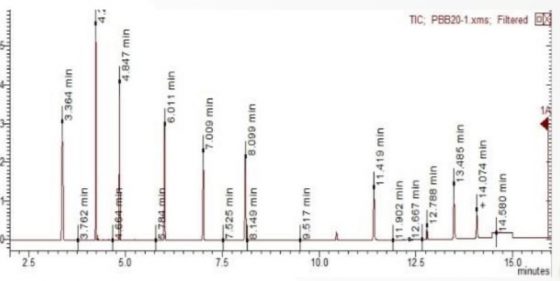
Figure 2a. TIC of 20μg/mL PBBS stock standard
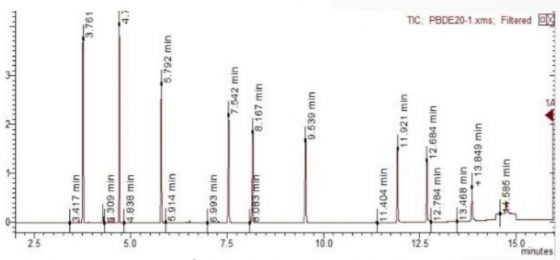
Figure 2b. TIC of 20μg/mL PBDE stock standard
Peak retention times were compared with the certificate analysis provided with the analytical standard.
The five working standards were analysed in both full scan and SIM mode, with quantification using SIM mode. Table 3 also details the linear coefficient values of the calibration curves, ranging from 0.05μg/mL to 0.45μg/mL. All coefficients were equal o or greater than 0.995. Repeatability of the system was determined through 10 replicates of each component at 0.05μg/mL with all RSD% alues obtained between 0.005% an 0.03%, highlights the excellent capability of the Scion system.
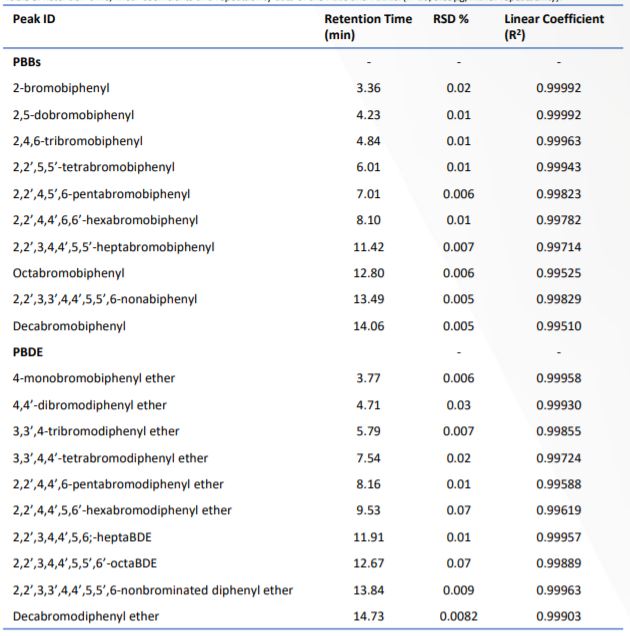
Table 3. Retention time, linear coefficients and repeatability data of the PBBs and PBDEs. (n=10, 0.05μg/mL for repeatability)
Conclusion
Optimisation of the Scion GC-MS allowed excellent separation, quantification and repeatability of polybrominated biphenyls and polybrominated diphenyl ethers, common flame retardants. Using a quantitative SIM method it was possible to identify and quantify twenty components in fifteen minutes.
Download Application Note
Download the complete Application Note: Determination of Brominated Flame Retardants by Gas Chromatography
SCION Gas Chromatography Analyser
A SCION Gas Chromatography Analyser was used to conduct this research in brominated flame retardants. Providing excellent solutions for Environmental, Oil and Gas and Chemical industries, find out more about SCION GC Analyzers.
Alternatively if you would like to speak to a member of our team for more information, please don’t hesitate to get in touch. We look forward to being of assistance.
To stay in the loop regarding future research and articles from SCION Instruments, please take a minute to join us on social media and sign up to our eNewsletter.
